Common Tubes, Lines, and Drains You'll Encounter:
1/12
There's no tags or description
Looks like no tags are added yet.
Name | Mastery | Learn | Test | Matching | Spaced |
|---|
No study sessions yet.
13 Terms
3 Major Vascular Access Devices
Peripheral IV
Central Venous Catheter
Arterial Line
Peripheral IV (PIV): Use, Location, PT Considerations
Use: Medication, fluids, short-term use.
Location: Hand, arm.
PT Considerations: Avoid pulling; check for infiltration; typically doesn't restrict mobility.
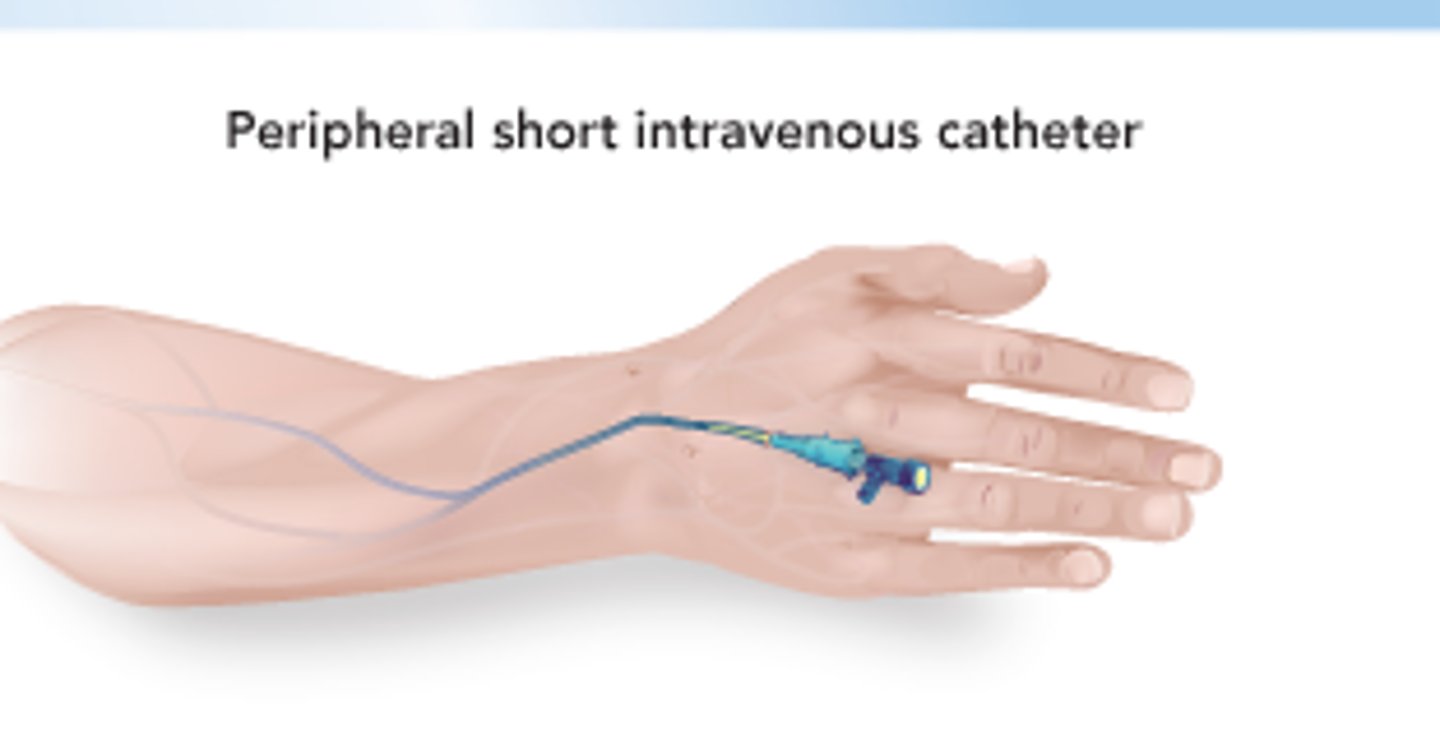
Central Venous Catheter (CVC): Use, Location, PT Considerations
Use: Long-term meds, chemotherapy, TPN.
Location: Chest, neck, or arm.
PT Notes: Avoid BP on PICC side, no crutches under axilla with central line
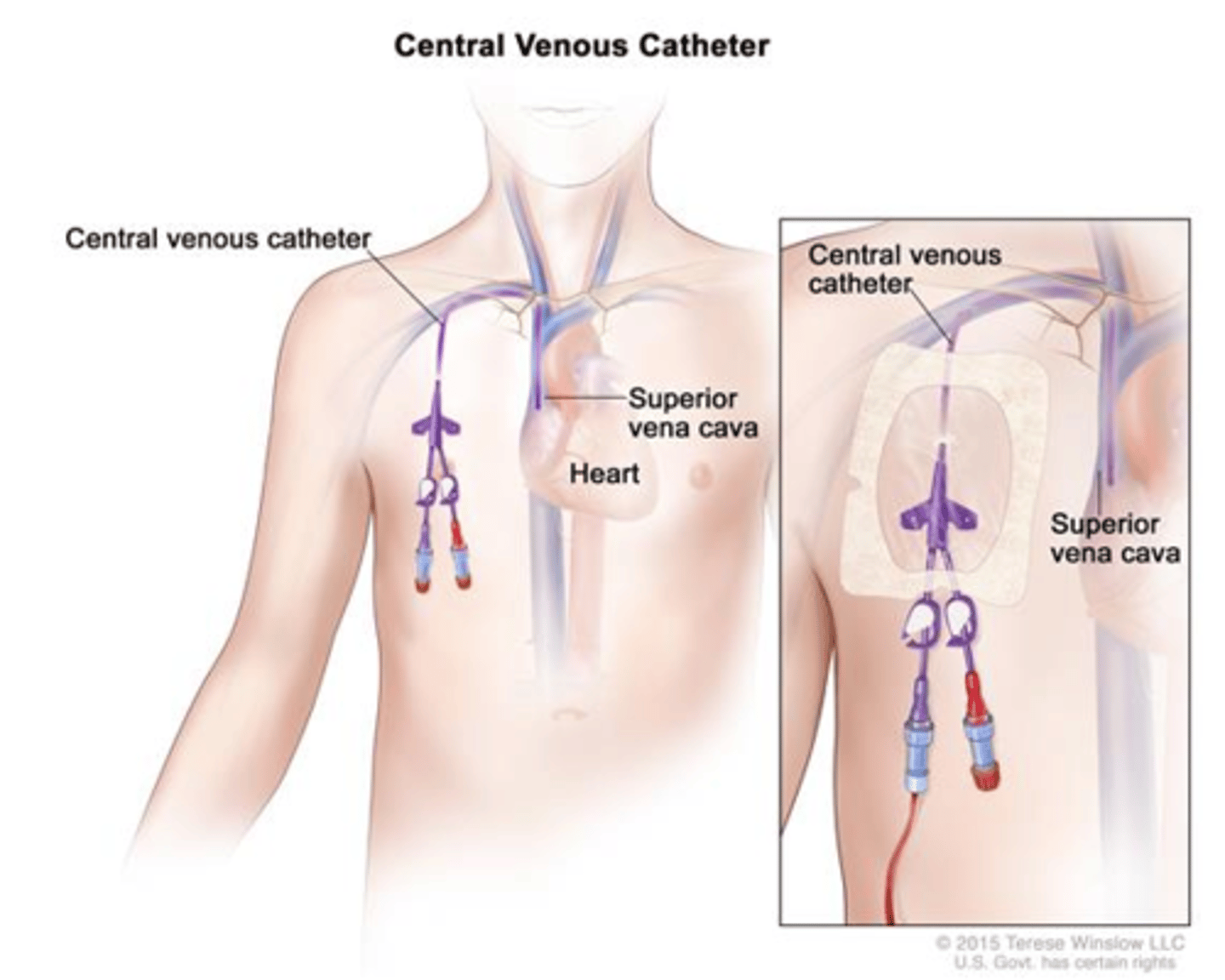
Arterial Line (A-line): Use, Location, PT Considerations
Use: Continuous BP monitoring, arterial blood draws.
Location: Radial or femoral artery.
PT Notes: Transducer must be leveled at heart; avoid dislodging; femoral A-lines may restrict hip flexion.

4 Major Respiratory Tubes
Nasal Cannula / Face Mask / Non-Rebreather:
Tracheostomy:
Endotracheal Tube (ETT):
Chest Tube (Pleural Drain):
Chest Tube (Pleural Drain): Use and PT Notes
Use: Drain air/blood/fluid from pleural space.
PT Notes: Keep drainage system below chest level; don't tip it
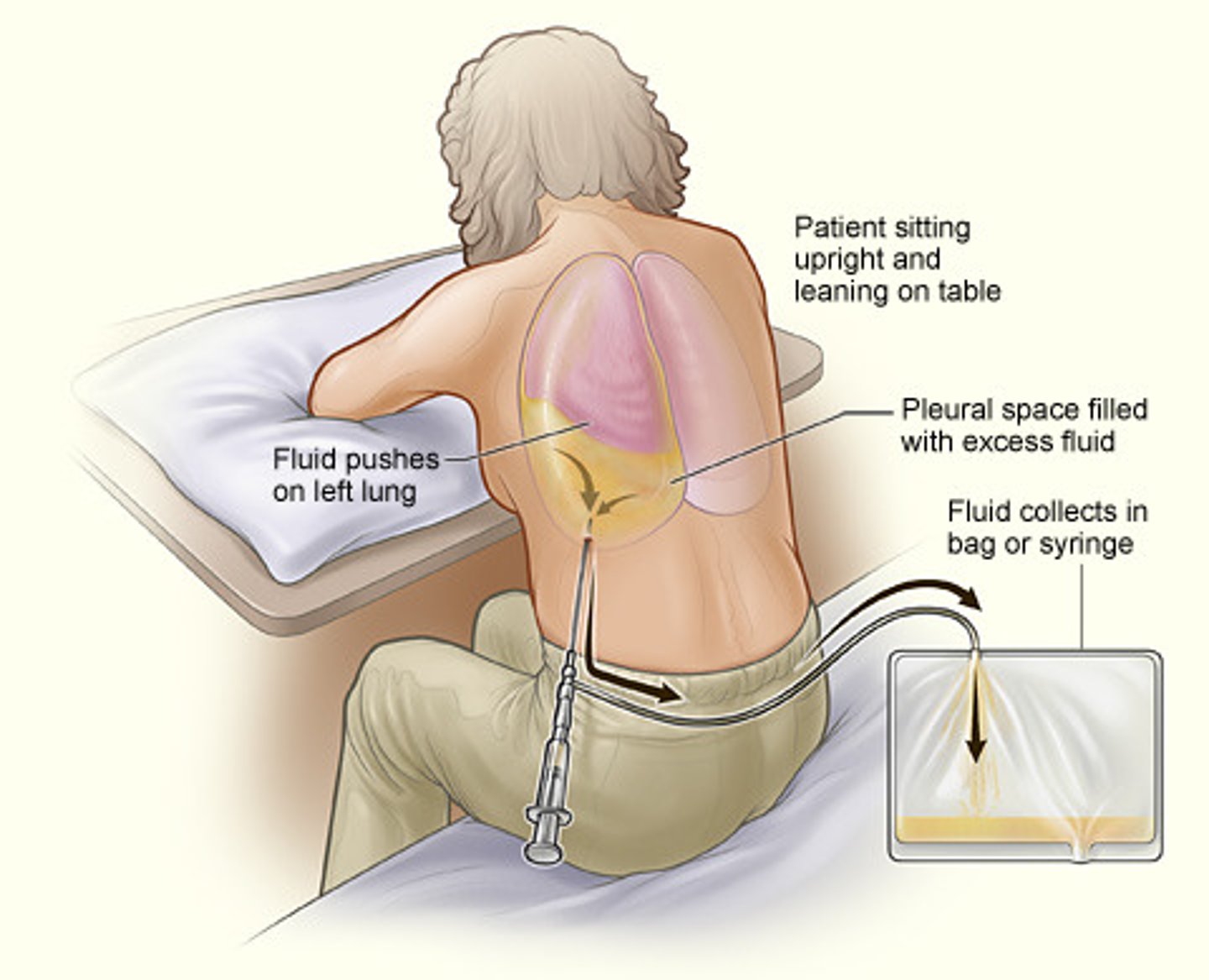
Endotracheal Tube (ETT): Use and PT Notes
Use: Intubation, mechanical ventilation.
PT Notes: Usually indicates the patient is sedated or critical
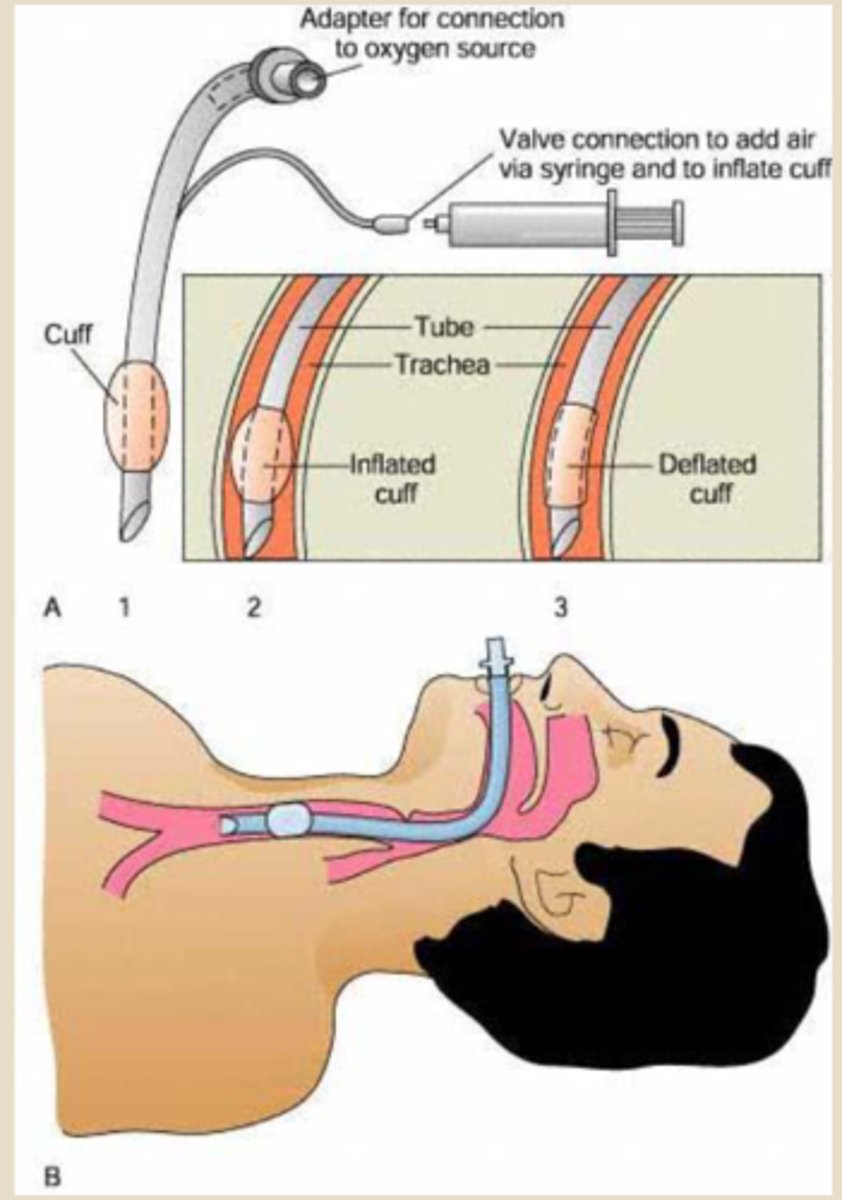
Tracheostomy: Use and PT Notes
Use: Long-term ventilation or airway protection.
PT Notes: Secure before moving; know suctioning protocols; may affect speech/swallowing.
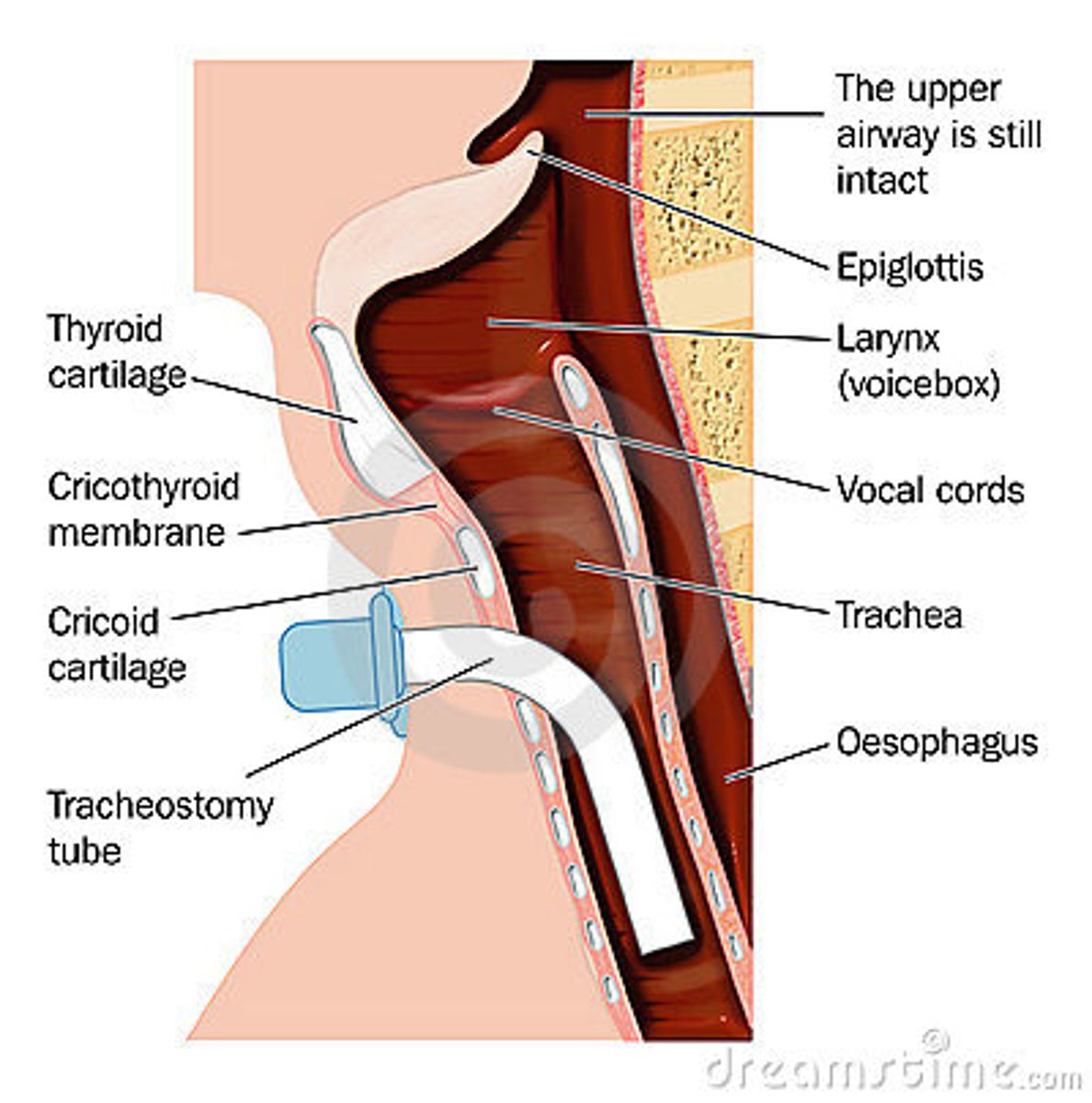
Nasal Cannula / Face Mask / Non-Rebreather: Use and PT Notes
Use: Supplemental oxygen.
PT Notes: Monitor O2 saturation
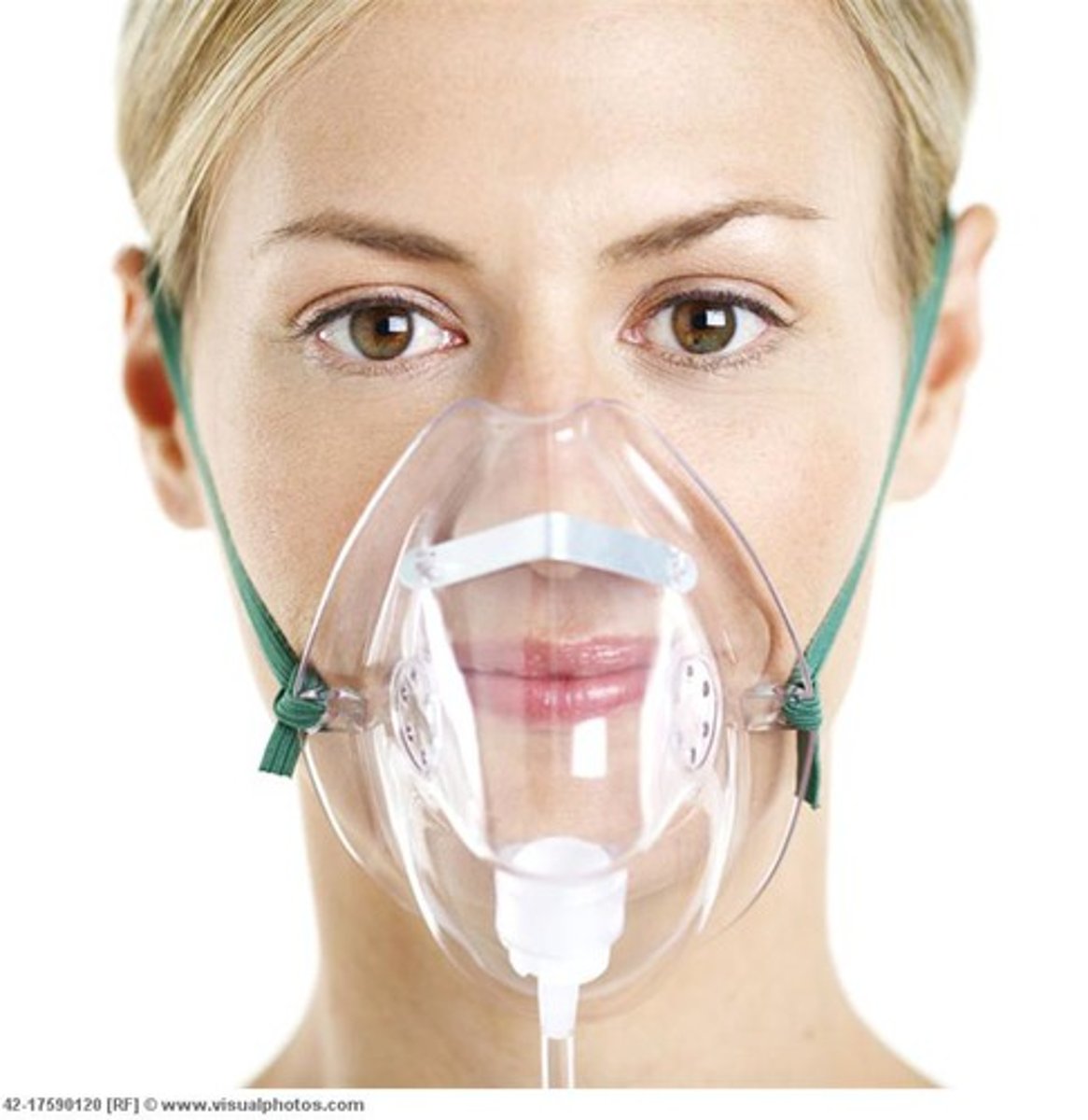
2 Types of Feeding Tubes and which one is used for short-term vs. long-term
Nasogastric Tube (NGT): Short-term feeding or drainage.
PEG/PEJ Tube: Long-term feeding. (Surgically placed in stomach/jejunum.)

3 Types of Urinary or GI Drainage Tubes/Connections and their use
Foley Catheter: Urine drainage.
Rectal Tube / Flexi-Seal: Fecal management.
Ostomies (Colostomy, Ileostomy): Bowel diversion.

Wound Vac (Negative Pressure Wound Therapy) Function
Promote wound healing.

Jackson-Pratt (JP) Function
Drain surgical sites.
